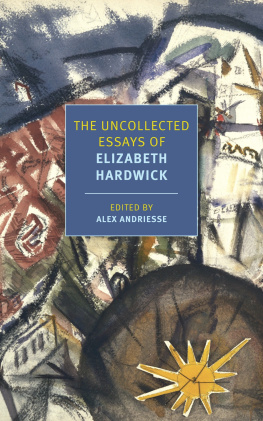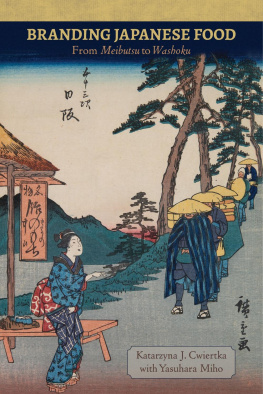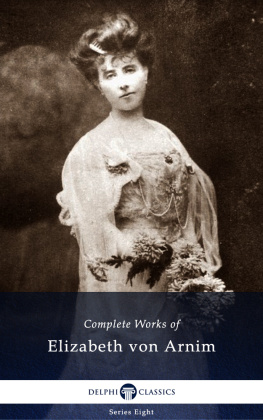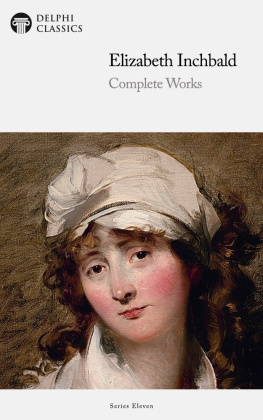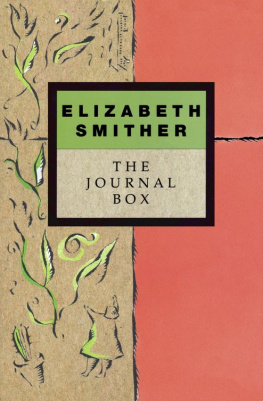Elizabeth Andoh - Washoku
Here you can read online Elizabeth Andoh - Washoku full text of the book (entire story) in english for free. Download pdf and epub, get meaning, cover and reviews about this ebook. year: 2012, publisher: Random House Inc., genre: Home and family. Description of the work, (preface) as well as reviews are available. Best literature library LitArk.com created for fans of good reading and offers a wide selection of genres:
Romance novel
Science fiction
Adventure
Detective
Science
History
Home and family
Prose
Art
Politics
Computer
Non-fiction
Religion
Business
Children
Humor
Choose a favorite category and find really read worthwhile books. Enjoy immersion in the world of imagination, feel the emotions of the characters or learn something new for yourself, make an fascinating discovery.

- Book:Washoku
- Author:
- Publisher:Random House Inc.
- Genre:
- Year:2012
- Rating:4 / 5
- Favourites:Add to favourites
- Your mark:
- 80
- 1
- 2
- 3
- 4
- 5
Washoku: summary, description and annotation
We offer to read an annotation, description, summary or preface (depends on what the author of the book "Washoku" wrote himself). If you haven't found the necessary information about the book — write in the comments, we will try to find it.
Washoku — read online for free the complete book (whole text) full work
Below is the text of the book, divided by pages. System saving the place of the last page read, allows you to conveniently read the book "Washoku" online for free, without having to search again every time where you left off. Put a bookmark, and you can go to the page where you finished reading at any time.
Font size:
Interval:
Bookmark:
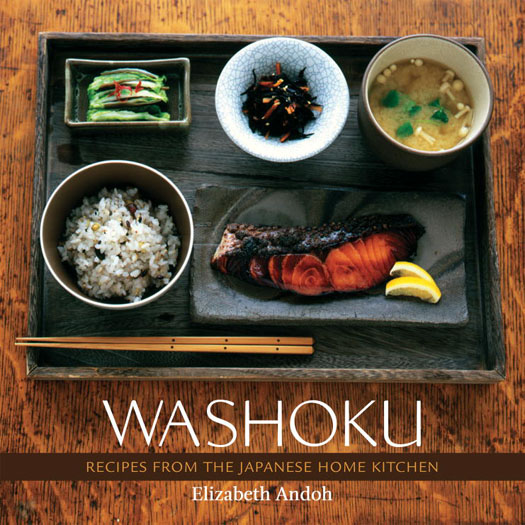
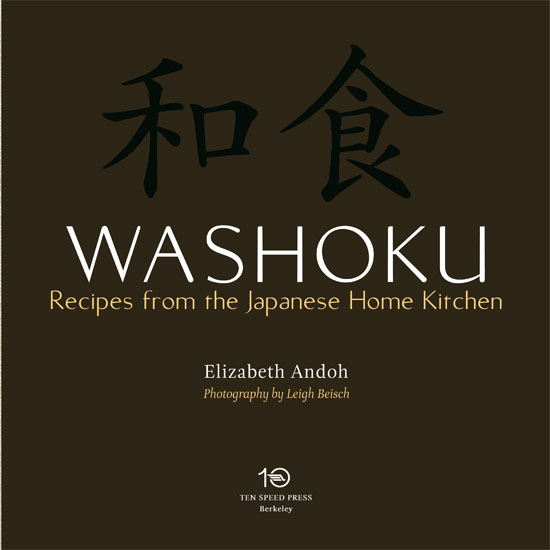
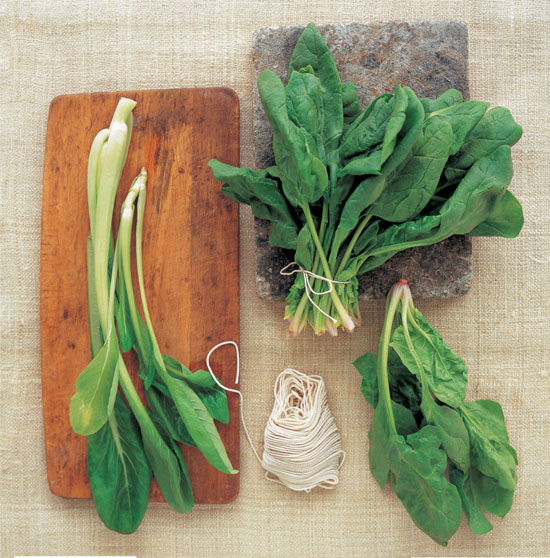
Tying bundles of komatsuna (left) and spinach (right) for blanching
Copyright 2005 by Elizabeth Andoh
Photography copyright 2005 by Leigh Beisch
All rights reserved. Published in the United States by Ten Speed Press, an imprint of the Crown Publishing Group, a division of Random House, Inc., New York.
www.crownpublishing.com
www.tenspeed.com
Ten Speed Press and the Ten Speed Press colophon are registered trademarks of Random House, Inc.
The publisher and author wish to thank ceramic artists Catherine White, Warren Frederick, and Romig Streeter for the generous loan of their work.
Library of Congress Cataloging-in-Publication Data
Andoh, Elizabeth.
Washoku : recipes from the Japanese home kitchen / Elizabeth Andoh; photography by Leigh Beisch.
p. cm.
Includes index.
1. Cookery, Japanese. I. Title.
TX724.5.J3A53 2005
641.5952--dc22
2005013640
eISBN: 978-0-307-81355-8
Cover design by Toni Tajima
Food styling by Karen Shinto
Prop styling by Sara Slavin
Photography assistance by Angelica Cao
Styling assistance by Katie Christ
v3.1
The collective observations, opinions, and creative energy of many people enabled me to complete this book.
I embarked upon Washoku by seeking an advocate who would champion my cause and help me find the right editorial home. Rebecca Staffel (then at the Doe Coover Agency) and later Doe, herself, undertook my project with enthusiasm, helping me hone my ideas and suggesting I speak with Aaron Wehner at Ten Speed Press. Terrific advice! A master at streamlining text, Aaron embraced the challenges of making the foreign seem familiar, and proved to be the exacting yet patient editor I sought to travel with me over rough writing terrain.
Along the way, Aaron assembled an amazing team of professionals to work with us: Asking astute questions with dogged thoroughness, Sharon Silva worked copy-editing miracles on my tangle of cross-references. The expertise of Ken DellaPenta (gifted indexer) and Karen Levy (meticulous proofreader) is gratefully acknowledged. Toni Tajima, undaunted by my information-dense manuscript, applied her abundant design talents to making it visually exciting, yet easy to read. Photographer Leigh Beisch, ably assisted by Angelica Cao, worked entirely with natural light in her San Francisco studio to create the vibrant images you see here. Karen Shinto, deftly assisted by Katie Christ, drew inspiration from the traditions of washoku and applied her own modern, American sensibility to styling the food. I am particularly pleased that the work of my talented ceramicist friends Warren Frederick, Romig Streeter, and Catherine White could be incorporated into many of the photographs.
Friends and colleagues Cynthia Glover, Gary Goldberg, Dana Jacobi, Joan Jacobs, and Alice and Halsey North patiently listened to me agonize over the best way to use my acquired knowledge and accumulated experience to enable and inspire others to explore the pleasures of washoku.
Early on, I decided to recruit volunteers living outside Japan who would reflect my readership. In December of 2002, I sent out a call for help through my e-newsletter looking for those who wanted to try their hand at preparing meals to satisfy their aesthetic appetite, as well as physical hunger. My electronic missive reached perhaps a thousand people, many of whom had attended classes at A Taste of Culture, the culinary arts program I run out of my Tokyo home. Expecting no more than a few replies, I was overwhelmed by more than two hundred enthusiastic offers of assistance! Eventually, a smaller, geographically diverse group of washoku volunteers emerged, and a core of dedicated aides (living in Tokyo at the time)Laurie Bannister, Claire Baram, Lori Steinbrunner, Yukari Pratt, Christopher Raab, and Jessica Wickhamhelped me organize and manage the project.
Abundant thanks to my earnest washoku recipe testers, constructive critics, and those who generously shared their kitchens and cooking experiences with me: Janice Matsumoto Cha, Marilyn Chohaney, Nora and Brian Compton, Randi Danforth, Ann Duncan, Stella Fong, Bob and Mary Lou Heiss, Jana Horii, Jeri Jackson, Holly Kawakami, Lesley Koch, Jeff and Eva Koehler, Adam Kowit, Karen Krueger, Heidi Latsko, Simon Leake, Sunhee Lee, Steve and Michiko Levine, Bruce Matheson, Carol Negiar, Tammy Nickel, Amanda Robinson, Bina Sasenaraine, Connie Sathre, Tara Shioya, Beverly Sing, Sandy Sterner, Madeleine Vedel, Carolyn Beth Weil, Catherine White, Pat Wickham, Cynthia and Luke Wimer, Suzanne Yamamoto, Judith L. Yanis, Amanda Zimlich, and Ruth Znotins. Your feedback and support has been invaluable.
Most of my adult life has been spent in Japan, where I have had the good fortune to participate in warm friendships and receive valuable mentoring. Members of the Ohta family (in particular Eiko and her now fully grown daughter, Masumi), with whom I stayed shortly after I settled in Tokyo, have remained steadfast friends and kitchen cohorts throughout the years. The Yanagihara family, at first Master Toshio and later his son, Kazunari, and daughter-in-law, Noriko, patiently educated and nurtured me in Japans classical culinary arts. The Andoh womenTeruko, Yohko (Yokoi), and Nobuko (Okashita)continue to share their washoku wisdom with me. And Kiyoko Andoh, whose spirit keeps me constant kitchen company, inspired in me a lasting curiosity and enduring respect for traditional home cooking.
The love and encouragement of my husband, Atsunori, and our daughter, Rena, nourish me daily. And had it not been for my mother, Caroline Saxe, who mustered the courage to let me go half a world away, I could not have found such pleasure and fulfillment. Thank you each and all.
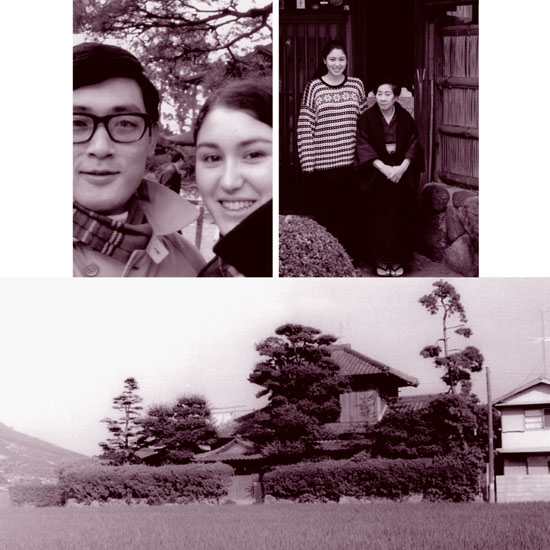
Clockwise from top left: my husband, Atsunori, and I, c. 1969; my mother-in-law and my daughter, Rena, c. 1989; and the original Andoh home (no longer standing) in Shikoku, with rice field in foreground, c. 1967
Washoku, literally the harmony of food, is a way of thinking about what we eat and how it can nourish us. The term describes both a culinary philosophy and the simple, nutritionally balanced food prepared in that spirit.
My first encounter with washoku was nearly forty years ago when I suddenly, and serendipitously, found myself staying with the Andoh family on the Japanese island of Shikoku. My urban American sensibilities were challenged by more than the rural plumbing that first summer. Hunger forced me to be adventurous at table, where my curiosity grew, along with my appetite, for things Japanese.
I was particularly impressed by the rhythm and flow of activity in the Andoh kitchen. This was the cherished, domestic domain of Kiyoko Andoh, the woman who was to become my mother-in-law. From the start, she encouraged me to call her Okaasan (literally mother, it is also a term of endearment and respect for women who care for others).
Okaasan moved about her daily routine with determination and grace, feeding the Andoh householdchildren (and their friends), grandchildren (and their friends), workers at the family-owned factory (and some of their family members), and foreign visitors (me) alike. Running such a large, busy home required not only consummate culinary skill, but also an understanding of the value of nutritious, wholesome food and a knack for balancing the budget.
Font size:
Interval:
Bookmark:
Similar books «Washoku»
Look at similar books to Washoku. We have selected literature similar in name and meaning in the hope of providing readers with more options to find new, interesting, not yet read works.
Discussion, reviews of the book Washoku and just readers' own opinions. Leave your comments, write what you think about the work, its meaning or the main characters. Specify what exactly you liked and what you didn't like, and why you think so.


